Natasja Knap
Year of birth: 1972.
Where do you live: Harlingen, The Netherlands, a historic fishing town on the North Sea coast.
Your education: BA in Art Education, with additional training in art-based research methods.
Describe your art in three words: Narrative, Layered, Conceptual.
Your discipline: Mixed Media Collages (analogue/digital).
natasjaknap.nl | Instagram
Your work is heavily influenced by storytelling and personal narratives. How do these elements shape the visual aspects of your art?
Storytelling is the core of my art. I see every object, colour, and texture as a part of a narrative—a piece of a larger story. My work is like an evolving archive where each visual element contributes to the unfolding tale. I explore the idea of blending fact with fiction, using personal stories as the foundation of my visual compositions. These stories bring depth and meaning to my work, allowing me to connect with the viewer on a more personal and emotional level.
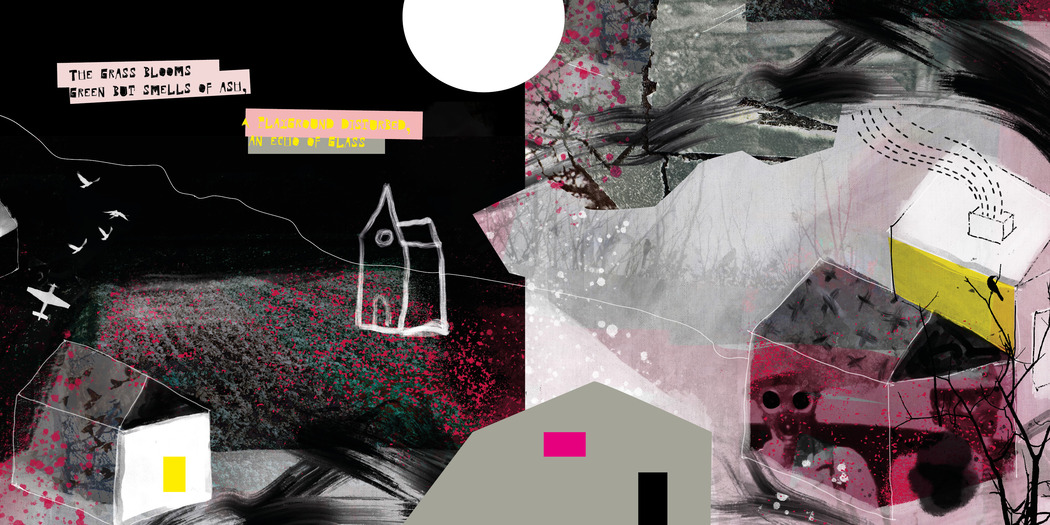 Natasja Knap | There once was a Village VI VII | 2024
Natasja Knap | There once was a Village VI VII | 2024
You mentioned a childhood dream of becoming an archaeologist. How does this passion for discovery influence your current artistic practice?
My childhood dream of becoming an archaeologist was always about uncovering hidden stories and understanding the layers of history that shape our present. This passion for discovery is at the heart of my current practice. My art revolves around this process of excavation—not of physical artefacts, but of memories, emotions, and narratives that lie beneath the surface. It’s a continual process of discovery and reinterpretation, much like the work of an archaeologist.
In your project “There Once Was a Village,” you explore the way children depict their world in drawings. What do you think we can learn from these unfiltered and symbolic understandings of place?
Children’s drawings offer a raw, unfiltered perspective on the world—a kind of visual honesty that we often lose as adults. These drawings are not constrained by the rules of perspective or realism; instead, they capture the essence of a place through emotion and symbolism. I believe this teaches us to value the emotional and personal connections we have to our surroundings, rather than just their physical or aesthetic qualities.
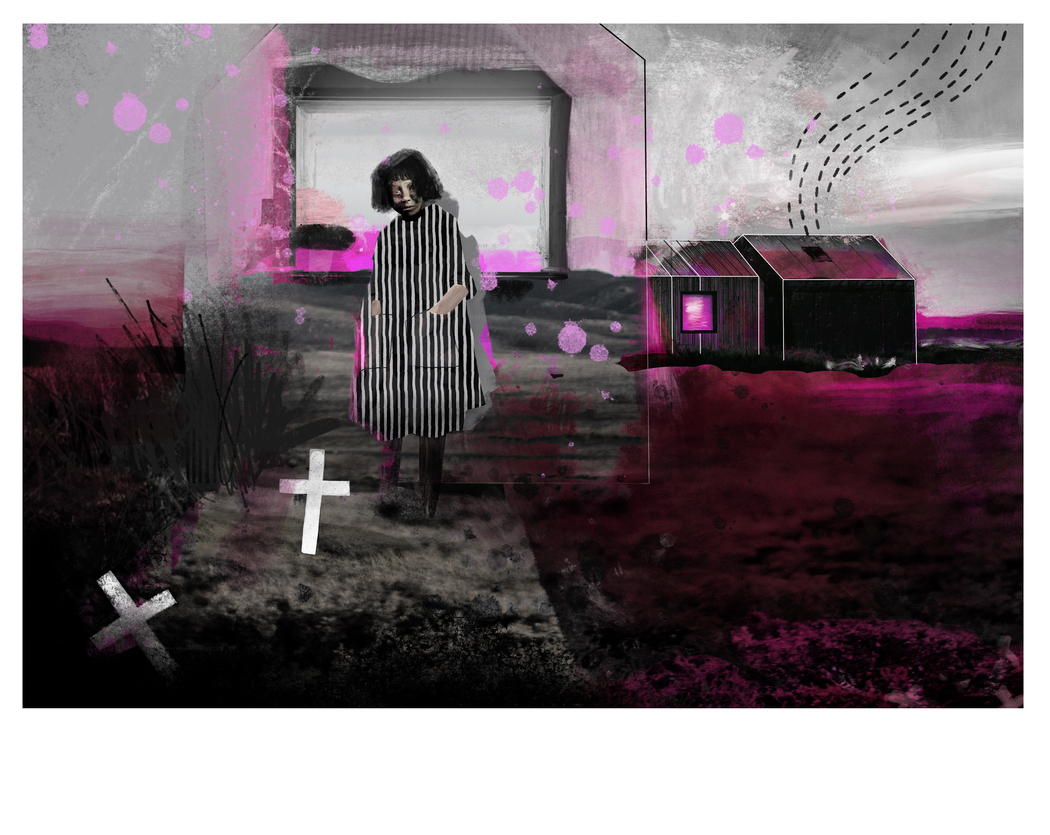 Natasja Knap | Duality Of Silence | 2024
Natasja Knap | Duality Of Silence | 2024
Your art seems to delve into both comforting and unsettling aspects of memories and places. How do you balance these contrasting emotions in your work?
Balancing comfort and unease in my work is about embracing the full spectrum of human experience. By juxtaposing comforting and unsettling elements, I create a narrative tension that reflects the complexities of memory and place. It’s not about making everything feel harmonious; rather, it’s about allowing these contrasting emotions to coexist and inform one another, creating a richer and more nuanced exploration of the themes I’m addressing.
How do your personal experiences and memories influence the themes and imagery in your collages and mixed media works?
My personal experiences and memories are the seeds from which my work grows. They are the raw materials that I archive, rework, and reinterpret into new forms. Each collage or mixed media piece begins with a fragment of my personal history, whether it’s a memory, an old photograph, or an object with sentimental value. These fragments are then woven together into a narrative that reflects my ongoing journey of self-discovery and artistic exploration.
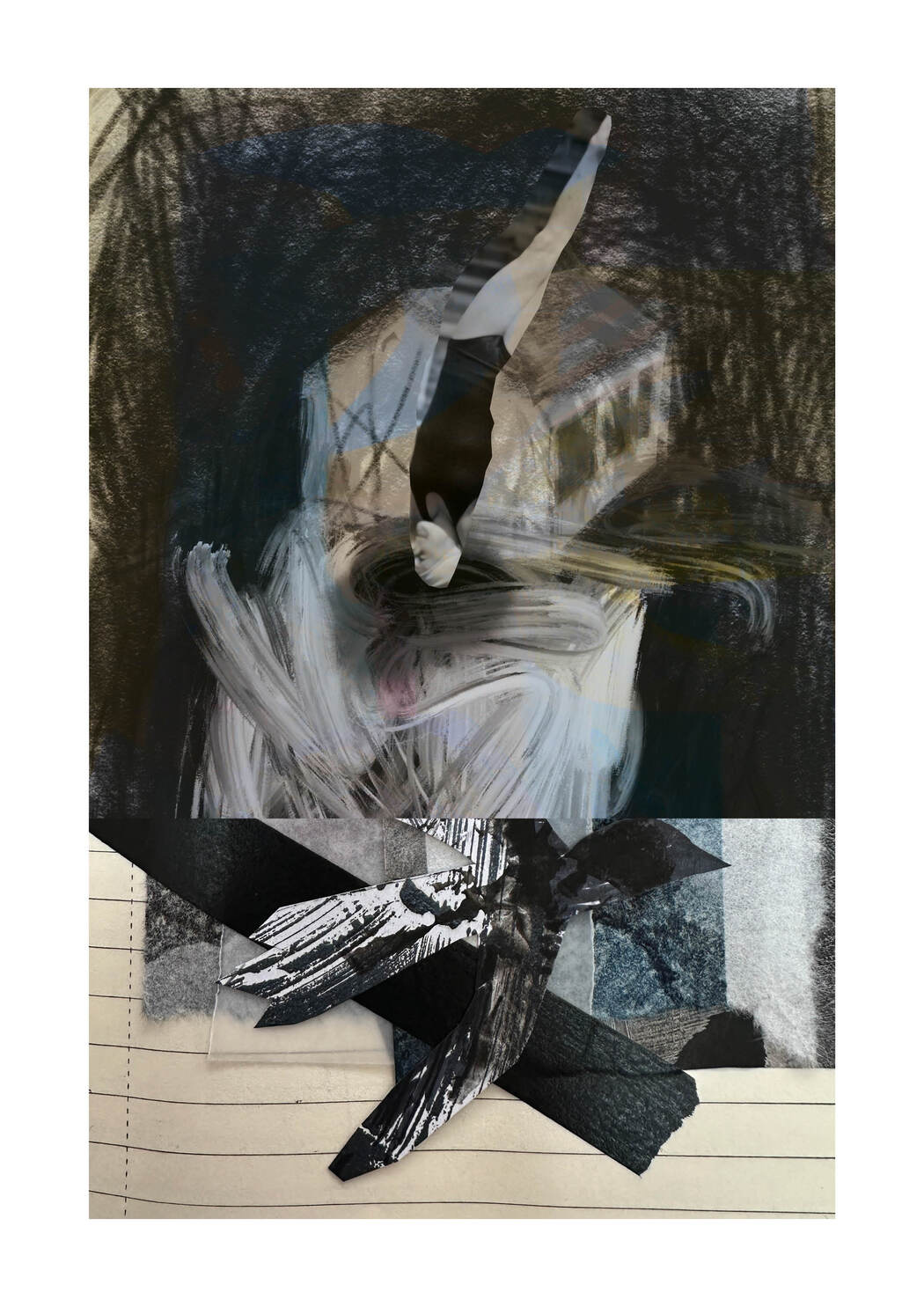 Natasja Knap | Female Disruption I | 2024
Natasja Knap | Female Disruption I | 2024
What role do attics, depots, and archives play in your creative process, and how do they contribute to the stories you tell through your art?
To me they are treasure troves of hidden stories and forgotten memories. They represent the past, the overlooked, and the spaces where our personal histories accumulate, often unnoticed. I find it important to honour these personal stories—these spaces are where they live. My creative process often involves metaphorically “rummaging” through these spaces, unearthing objects and memories that I can reimagine and bring to life in my art. These archives are the foundation of the stories I tell, providing a deep well of inspiration and connection to the past.
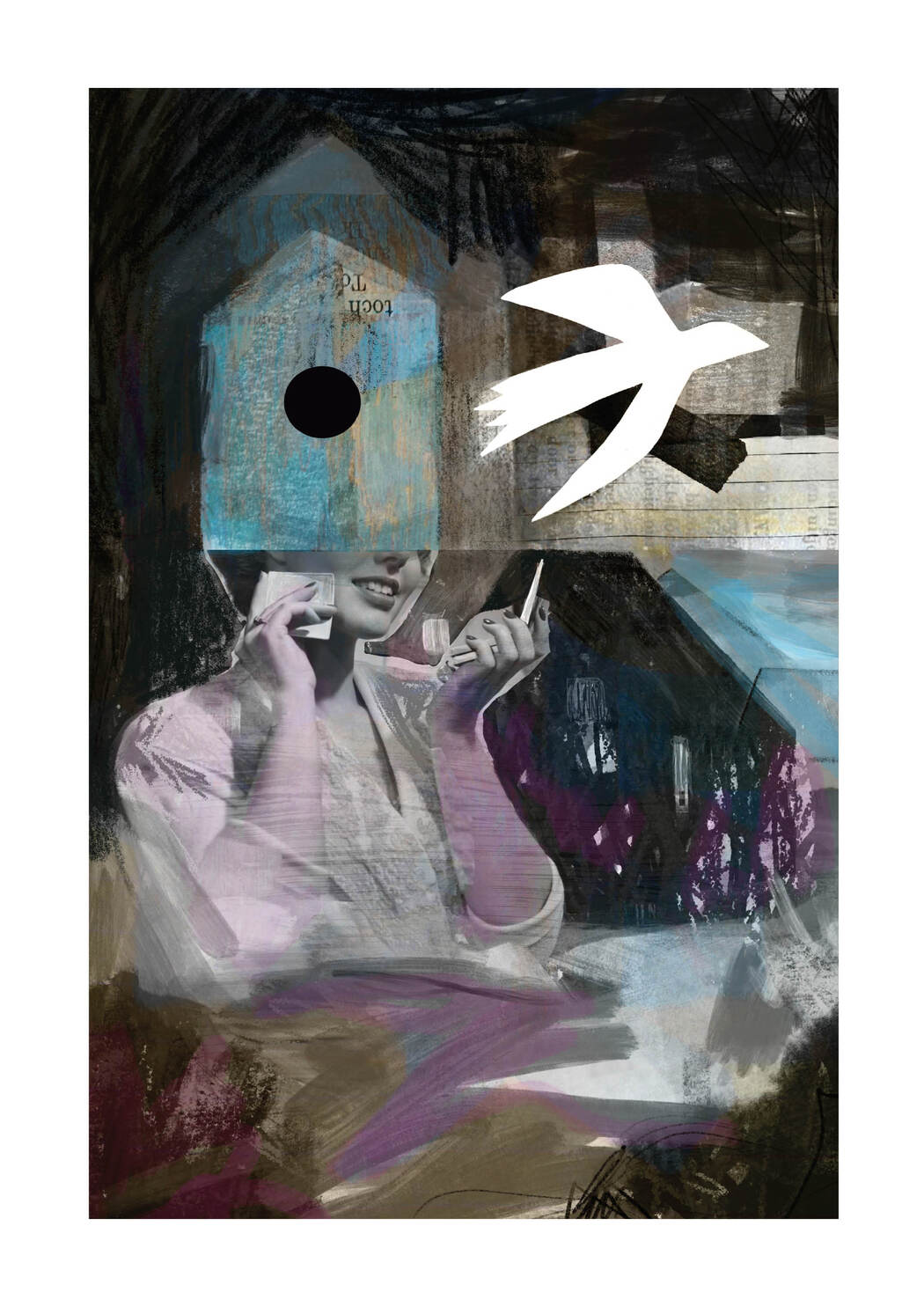 Natasja Knap | Female Disruption II | 2024
Natasja Knap | Female Disruption II | 2024
What message or feeling do you hope viewers take away from your project “There Once Was a Village”?
With There Once Was a Village, my goal is for viewers to connect with their own experiences of place and to see these spaces as dynamic, living entities that shape and are shaped by our stories. Ultimately, I hope this project invites contemplation about the ways in which our personal and collective histories are embedded in the environments we inhabit.

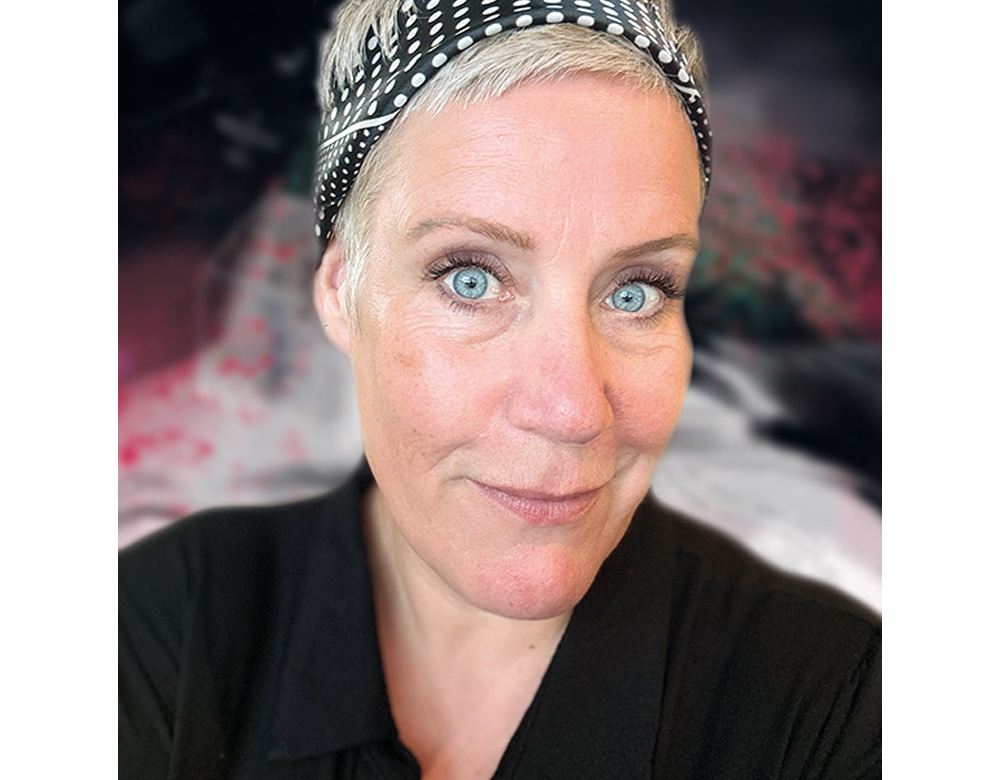
Leave a Reply
You must be logged in to post a comment.